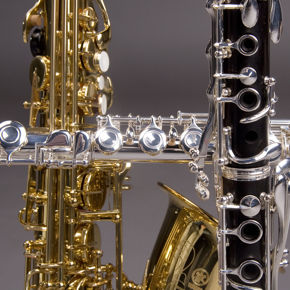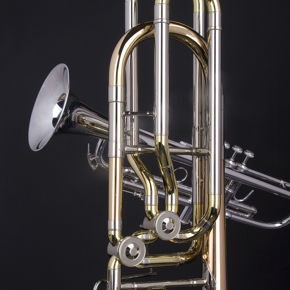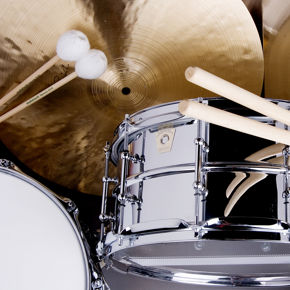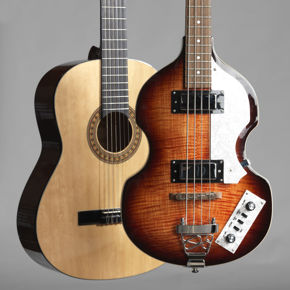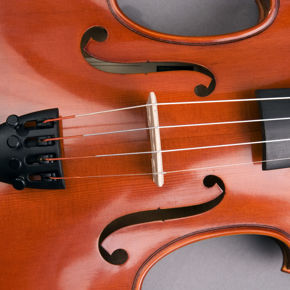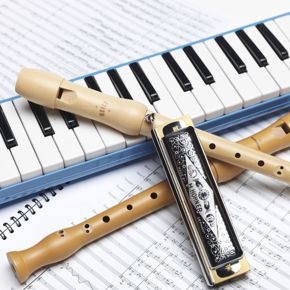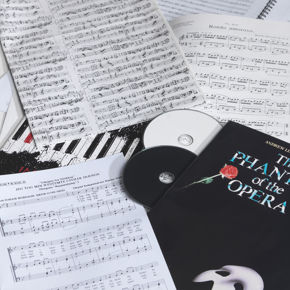Harpiks Fiolin Pirastro Gold
Specifically developed to match perfectly with the seductive and inspiring sound of our Evah Prazzi Gold sets, the Evah Pirazzi Gold rosin brings forth the full sound spectrum, powerful projection, and excellent bow response of these strings.
Evah Pirazzi Gold rosin increases the ease of bow response in the softer dynamic range and maximizes the instruments ability to react to bow pulses during fast and virtuoso playing. The rosins powerful contact with the strings allows the player to draw out the sound evenly and enable clear articulation without harshness. A smooth, supple, and satisfying playing experience is also provided as soon as the rosin is applied.
The Evah Pirazzi Gold rosin distinguishes itself by creating only a minor formation of dust with no residue forming on the bow hair or the strings point of contact.
We advise that you apply this rosin sparingly to achieve optimal results. You may find that you need to use much less than other types of rosin.
About Rosin
History
From the 10th to 12th century, people used resin obtained from fir and pine trees for painting and to make their wooden boats waterproof. It was also around that time that people from the eastern parts of the Mediterranean region started to look for new and better ways how to play their stringed instruments. Initially, they would use sticks made from dried sheep gut which had a rather rough surface to strike the strings. Later on, people discovered the benefits of using horsehair for bowing their strings. With a layer of rosin applied onto the bow hair this proved to be the perfect invention. Only bow hair coated with rosin would grab the strings enough for them to be caused to vibrate.
Extraction
Natural resin was and still is obtained from pine trees during fall and turpentine oil is the product which is gained through its distillation. Pieces of natural resin are heated up in a boiler in order to evaporate water from it while at the same time impure components within the now liquefied resin slowly sink towards the bottom of the boiler. As a last step, the pure liquid resin is skimmed off and then cooled down.
Origin and Characteristics
You can recognize the origin of the resin by its color. French and North American pure resin has a light yellow color while German pure resin is rather brown. Pure natural resin is transparent, can be easily pulverized and dissolves in alcohol and essential oils.
In a successive stage, the pure resin is heated up again while oil and other materials are added. This liquid will then be poured into a mold to form the cake of rosin that musicians are using for their bow hair. Each manufacturer has his very own specific procedure to make rosin which he protects as a strict secret. As a consequence, all rosins today differ in quality and impact the bowing technique and the sound color of an instrument immensely. For the musician it is thus important to carefully choose a rosin which helps him to have the most ideal grip of the bow while playing the strings
Which Rosin should I use?
High quality rosin allows for perfect bowing without scratchy sounds, especially if only a thin layer of rosin is applied. The general rule is:
* Violinists and violists use a harder, dryer rosin
* Cellists use a medium strong rosin
* Bassists a softer rosin
Another important aspect for choosing the right rosin is the core material of the string that are being used:
- Steel strings are easier played if you use a hard, dry rosin
- For synthetic, gut and gut wound strings use a softer rosin
- Moreover, experienced players prefer softer rosin when playing in a studio and harder rosin in a concert hall.
- Hard rosin works best in tropical climates while soft rosin is good for cold climates.
We develop our own specific rosin and design it according the technical requirements of our different string lines. That is also the reason why we name our rosin after the brand names of our violin and viola string lines.
Packaging
Each cake of rosin is glued onto a soft cloth which then is attached to a hard plastic grip. This prevents the fingers of the musician to get exposed to rosin dust and also makes it easier to apply the rosin.

